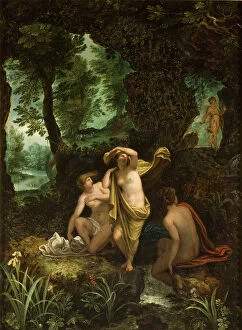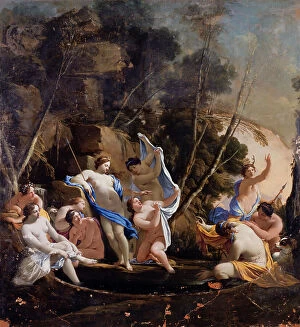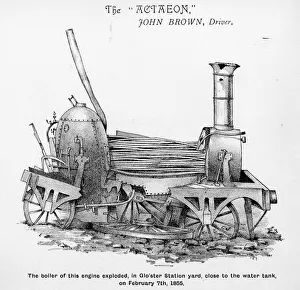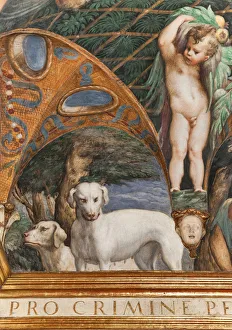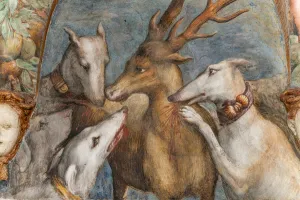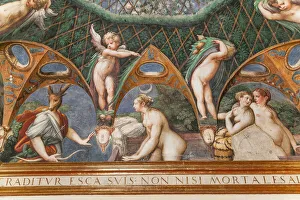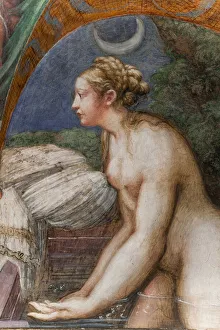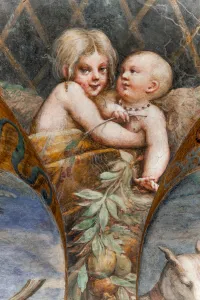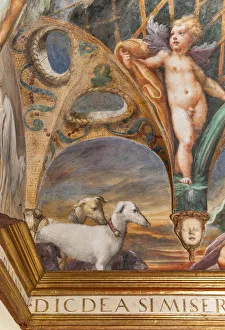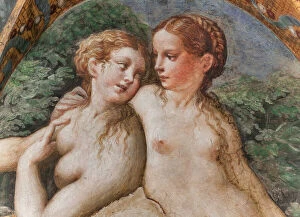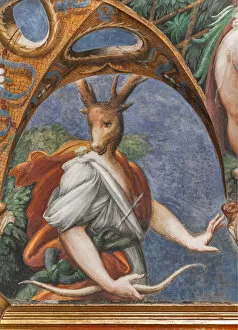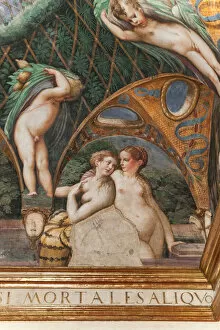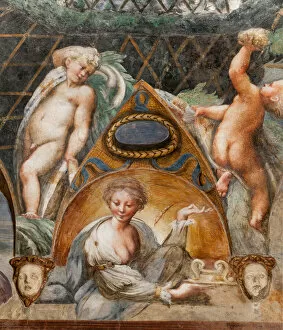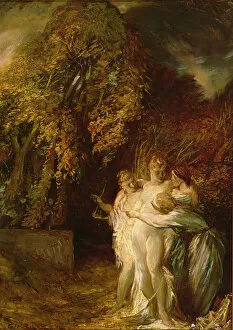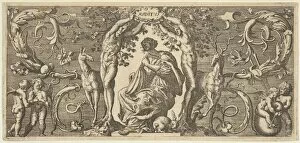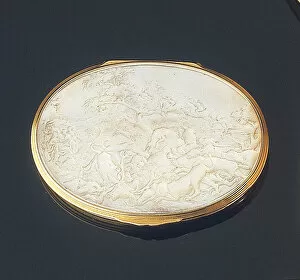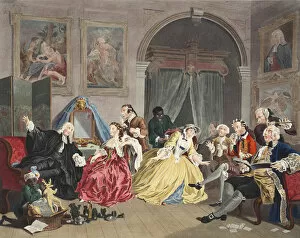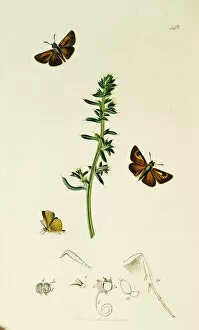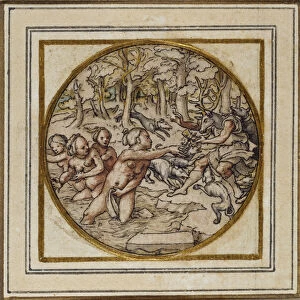Actaeon Collection
Actaeon, a figure from Greek mythology, has captivated artists and storytellers for centuries
All Professionally Made to Order for Quick Shipping
Actaeon, a figure from Greek mythology, has captivated artists and storytellers for centuries. From ancient times to the Renaissance, his tragic tale has been depicted in various forms of art. One such portrayal is found in the painting "Landscape with Diana and Actaeon" by Parmigianino. This oil on panel masterpiece showcases Actaeon stumbling upon the goddess Diana while she bathes in a serene forest setting. The artist skillfully captures the tension between curiosity and intrusion that ultimately leads to Actaeon's downfall. The mythological story continues to unfold on a tin-glazed earthenware dish dating back to 1495. Here, we see another scene depicting Diana and Actaeon surrounded by intricate details of nature. This delicate piece serves as a reminder of how this timeless tale has inspired artisans across different mediums throughout history. Tragedy struck once again when HMS Vulture, a Clydebank three-funnel destroyer known for its impressive speed of 30 knots, suffered a devastating boiler explosion in 1855. The ship was named after Actaeon as an homage to his ill-fated encounter with Diana. Intriguingly, dogs play an important role in both the mythological narrative and its artistic interpretations. In the Room of Diana and Actaeon, detailed paintings showcase these loyal animals turning against their master after he is transformed into a stag by an enraged goddess. Amongst these captivating scenes lies one particularly poignant depiction: Actaeon being devoured by his own hounds on the Northern Wall detail from 1524. It serves as a chilling reminder of divine retribution meted out for trespassing upon sacred spaces. The Room itself offers visitors an immersive experience into this mythical world through its carefully crafted artwork featuring not only scenes from Acteon's tragedy but also other elements like Putto figures symbolizing love and desire.




